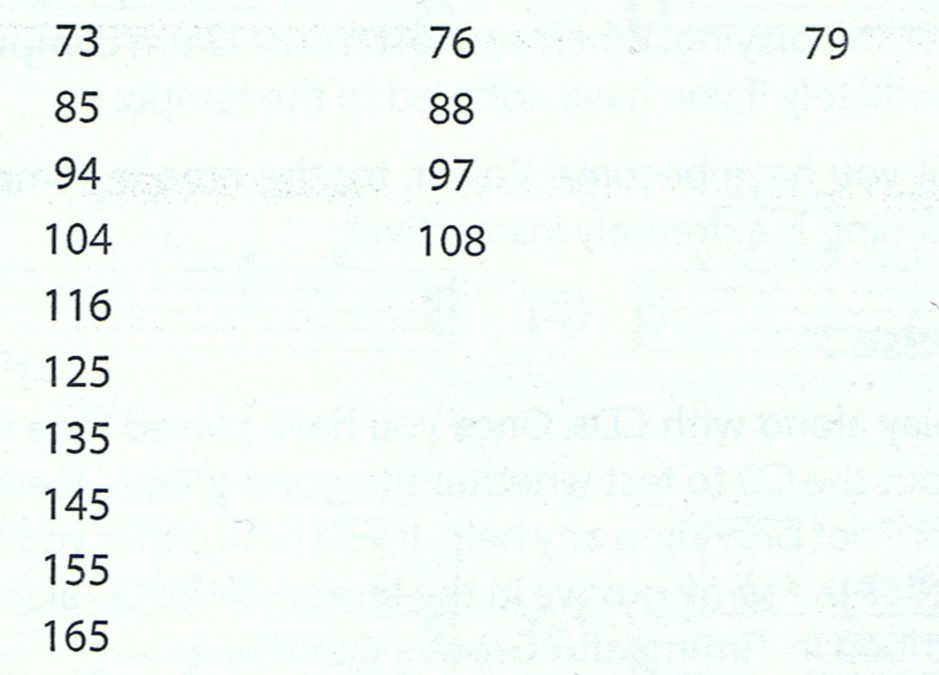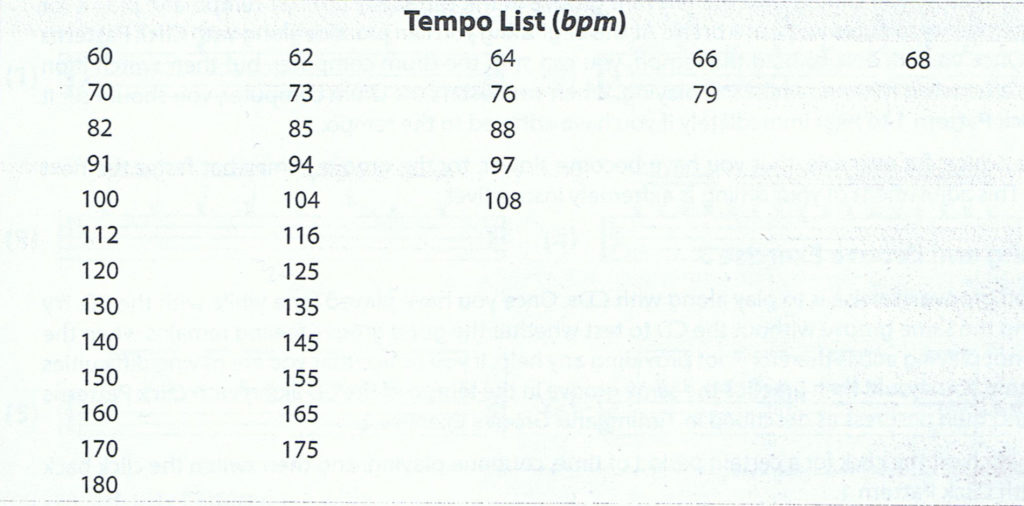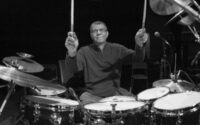How to improve our drumming skills
I honestly do not know anyone who would not want to be better at what they do, if they do it with passion. We want to be able to run faster, become more fluent in a foreign language, get better at playing tennis, etc. It isn’t, nor has it ever been, my objective to compare myself to anybody else. A fact of life is that there is always someone better or worse at what we do. It’s just that our egos need some amount of satisfaction from the fact that we are good at something – another fact of life. This gives us joy and strength for further efforts.
Over the last 25 years of playing the drums, I have tried many methods of practicing and I can safely say that the best way to develop drumming skills is by playing in a good band, with good musicians. Unfortunately, in most cases, such a situation will happen to us only after we have reached a good level of playing. I am going to present to you the way to achieving that goal and the practicing methods using the example of my own skills improvement concept.
First and foremost, we have to be systematic in everything we do and set goals we plan to achieve. I’m a firm believer in the theory saying that it is better to eat with a smaller spoon, i.e. I would rather practice for 30 minutes a day every day than 8 hours a day once a week. Our bodies need to get used to playing in order for it to be ready play at any given moment. It is crucial as the drum kit is an instrument that requires a lot of muscle work and flexibility. If we are not systematic about practicing, our muscles (and, in fact, the entire system) wean off certain movements, which are applied only when playing the drums.
For this reason, it is good to set goals and make a plan of activities. For example, the goals we may have could be the following:
-
Improving the speed of alternating strokes
-
Leaning rudiments and incorporating them into our playing
-
Going through a school/course created by a famous educator, e.g. Jojo Mayer
-
Learning Latin rhythms.
We have to think our plan through and remember that it will be different for each individual person. It would be advisable to consult a good teacher, who could determine what it is that needs to be improved in our playing at our level.
In my opinion, the crucial ingredient in creating a good plan of exercise is diversity, i.e. practicing related or similar elements and intertwining them. For instance, we practice the Songo rhythm and incorporate triplet-based fills (seven stroke roll or six stroke roll) into it. I do not believe in the practice-one-thing-until-you-get-it-down theory. This approach is very discouraging because of its monotony and the lack of instant success. In this particular case, the main goal is to generally improve our playing, learn new fills that incorporate rudiments and alternating strokes as well as work up our speed.
Give yourself time. Rome wasn’t built in a day. Remember: to write a good school/course takes a teacher a few years.
Having set the general goals, we can start making a weekly action plan. Personally, I try to practice on a daily basis so I easily divide the plan into 7 segments, which are:
Monday: Alternate playing – bass drum, snare
Tuesday: Latino rhythms – Songo
Wednesday: Jojo Mayer, exercise no 1
Thursday: rudiments – five stroke roll
Friday: – Songo plus five stroke roll
Saturday: – Alternate playing – doubles on the bass drum and snare
Sunday: – Jojo Mayer ćwiczenie no 1
Every day, I take 3 hours to execute these items.
Each of the above mentioned segments may take a different amount of time to master and go over to the next item from a group of goals. For instance, we may need 5 to 6 Tuesdays to be able to perform the Songo very well.
Effectiveness should be built while working with a metronome. Personally, I use the PolyNome app, which does not merely offer numerous metronome functions. It also has a timer, which allows me to monitor the time I spend on each exercise with regard to increasing the tempo.
As a rule, I start every exercise at a slow tempo (60 b.p.m.) to teach my body whatever there is to be played. Once I have mastered a given exercise, I go over to the next segment, taken from “Jost Nickel’s Groove Book“.
I play the exercise for 2 minutes straight. Then, I go 2 BPM up. I follow the same procedure until I reach 70 BPM. Next, I play it from 70 BPM to 100 BPM every 3 BPM. Beyond 100 BPM, I speed up by 5 BPM at a time until I reach the maximum speed I can do this element at.
This way of working has a number of advantages: it allows me to memorise the exercise and requires me to pay attention to playing precision, timing as well as dynamics. I always set the maximum speed I want to achieve in my playing that will satisfy me. Remember – there will always be somebody who is faster than you. The important thing is to be happy with achieving the goal you have set for yourself. Upon completion of a given exercise, I always write down the maximum speed I was able to reach so that I can top that next time.
To sum up, it is MY way to achieve progress in drumming. It does not have to be the right one for everybody and it certainly is not the only one. There is a great deal of theories and ways of reaching a goal. The most important thing is to continue playing and not let go of making the effort necessary to get to the place we want to be.
Feel free to ask questions or post your comments.
Maciej “Blindman” Głuchowski
Share








